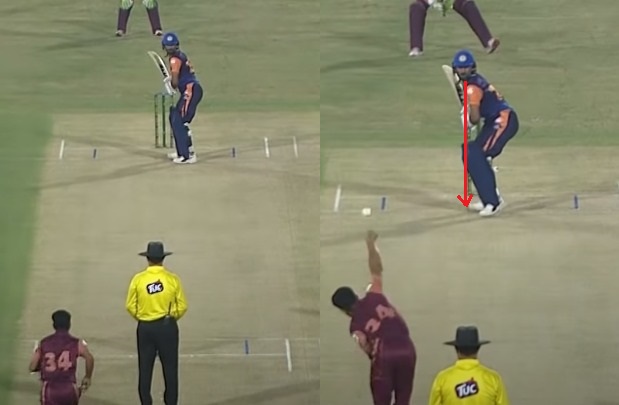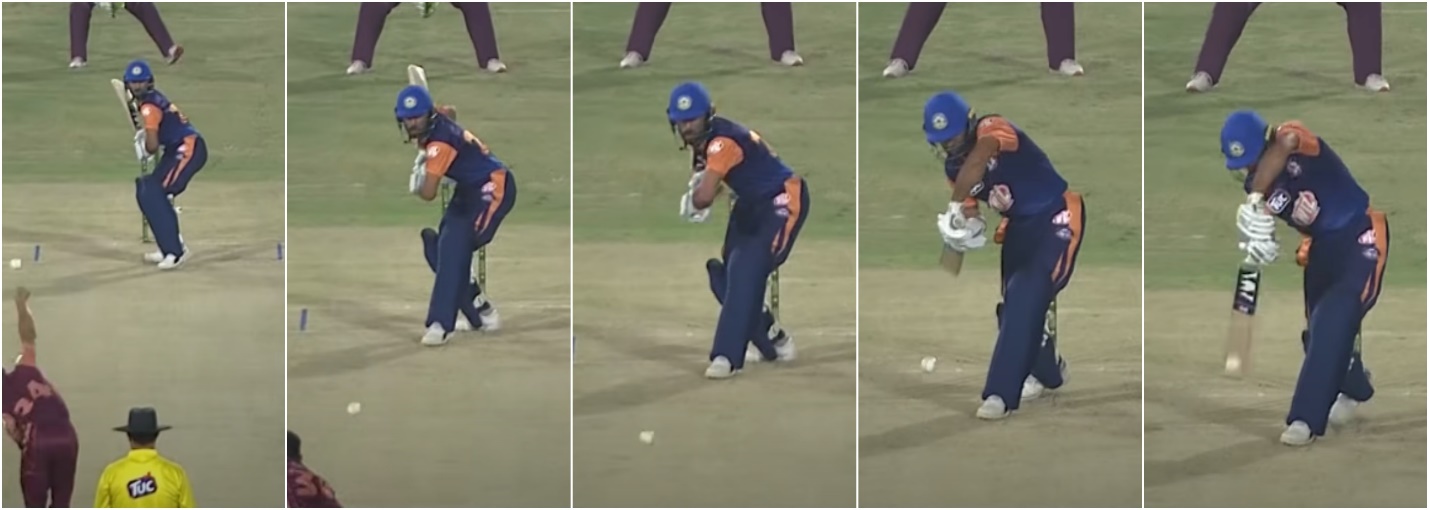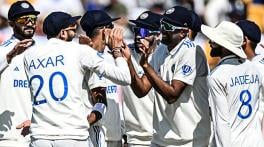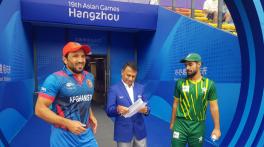Hype or real talent: How good Abdullah Shafique's batting technique really is?
Hype or real talent: How good Abdullah Shafique's batting technique really is?

Abdullah Shafique has emerged as one of the most exciting batting talents from Pakistan. Having scored a hundred on his first-class debut against South Punjab last season, he recently smashed a hundred on T20 debut as well against the same side in the National T20 Cup. His knock earned him plaudits from a number of pundits and big-name cricketers.
His performance earned him a maiden call-up for the home series against Zimbabwe and he could very well make his debut today in the dead rubber 3rd ODI.
In this piece, we will have a closer look at some of the aspects of Shafique's batting in an attempt to ascertain if the hype matches what's underneath the bonnet.
Stance:
The first and the most important aspect for any batter is their set-up. The stance of the batsman should be comfortable and must allow to go either forward or back quickly. As the pace of the bowler starts to go up, the size of the step (forward or back) goes out of the equation as there is very less time on the cards.
READ: Abdullah Shafique says won't tweak approach for Zimbabwe series if given chance
Abdullah Shafique stands fairly tall at the crease with his knees slightly bent. The set-up is fairly orthodox i.e. being sideways on at ball release, though his lower half (feet) does open up slightly at times. The hands are tucked in close to the body which give him a good control of his bat.

Trigger movements:
The trigger move from Abdullah Shafique is a slight shuffle across his stumps, with his back foot ending up around off-stump and then being completely still at the point of release. He maintains a decent head position at ball release, keeping his eyes nice and level. Standing on off-stump allows the players to tuck the ball onto the leg-side on around off-stump and can give batters an advantage in terms of which ball to leave or not. However, batters can alter their guards keeping in view the context of the situation.

Back lift:
Modern day batters use the ‘bat-up’ method instead of keeping it on the floor at ball release like most of the batters did in the past. The hands are kept around waist height while the toe of his bat points roughly between the keeper and the first slip, which is very conventional in terms of the MCC coaching manual. As he picks his bat up, the face of the bat opens up slightly, but the important thing to keep in mind is that the back lift can vary with the shot type.

Decoding the front foot drive:
Now as you can see from the set of images below, watch how he starts to unweight his left foot as the ball is released. As he deciphers the line and length of the delivery, he steps across with his left foot and at the same time gets his bat to the top of his swing.
The left shoulder points towards the target area (locked in), and with the step completed, the bat comes down and goes through the line towards the hitting zone. The fascinating part about this shot is how the bat stays on line and behind the ball for a considerable time (see last two images).

Decoding his favorite Ponting-like pull shot
"I believe my strengths are the pull and cut shots. Since I play in the top-order, you have to be good at these strokes,” Abdullah Shafique said after getting selected in the Pakistan squad. "Ricky Ponting is my inspiration and I try to play like him. I like the way he used to play the pull shot and the high back lift in his technique.”
Now if we analyse how Abdullah plays the pull shot, he does have a high back lift which allows him to get on top of the ball like shown in the illustration below. Once he gets his hands nice and high, he then opens up his body, extending his arms and slaps it onto the leg side. The interesting thing to notice here is that the majority of his weight is on the front foot.

Overall, the 20-year-old looks a fine prospect with a decent range of shots, although he will have to evolve more as a player in order to stay ahead of the opposition.












Comments